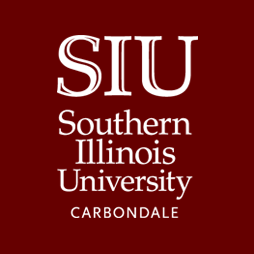All-optical Embedded Fiber-optic Up Down-Links for Motor Controller
Main Content
PI: M. R. Sayeh
Type: Continuing
Proposed Budget: $50,000
Phone: (618) 453-7066
Email: sayeh@siu.edu
Abstract: This proposed project is to design, build, and test all-optical embedded fiber-optic links connecting the controller electronics in a benign environment (70 oc) to the power-electronic switches in a harsh location (125 oc).
Problem: This project addresses the issues and solutions concerning an all-optical bi-directional linkage of the power switches (PS) and sensors which are embedded in a harsh environment to the control/gate drives (CD) electronics in a benign environment.
Rationale / Approach: PS controlling a high-power motor usually operates in high temperature in the range of 125 oc. The CD electronics running the PS plate, functions best when it is embedded in a cooler environment below 70 oc. Thermal isolation of PS and CD plates requires a costly cooling system beyond the motor system design requirements. One solution is to physically separate the two plates about 20 m from each other. Due to the high EM interference in the PS side, a fiber-optic link connecting the two plates will be a practical choice.
Novelty: The optical isolation of the high-temperature power switches from the control/gate drives will enhance the performance and cost-effectiveness of the state-of-the-art high power motors. The embedded optical links will provide a high-temperature tolerant, EM interference free, and light-weight linkage. Applying an artificial neural network to the link will reduce the noise and nonlinearity due to high temperature environment.
Potential Member Company Benefits: The optical sensors and links can benefit industries, in particular Hamilton Sundstrand, where isolation of embedded electronics from harsh environments with factors including high temperature, high EMI, high pressure, and high stress/strain, is essential.
Deliverables for the proposed year: A report with the detail design, build, and test results of the fiber-optic links will be given.
Milestones for the proposed year: Design the up-link according to the industry specifications. Build the up-link where the detector is in the harsh environment. Test the up-link for noise and nonlinearity. If needed, apply the back-error propagation network for reduce the unwanted disturbances. Repeat the above for the down-link with the exception of replacing the detector with LED.



